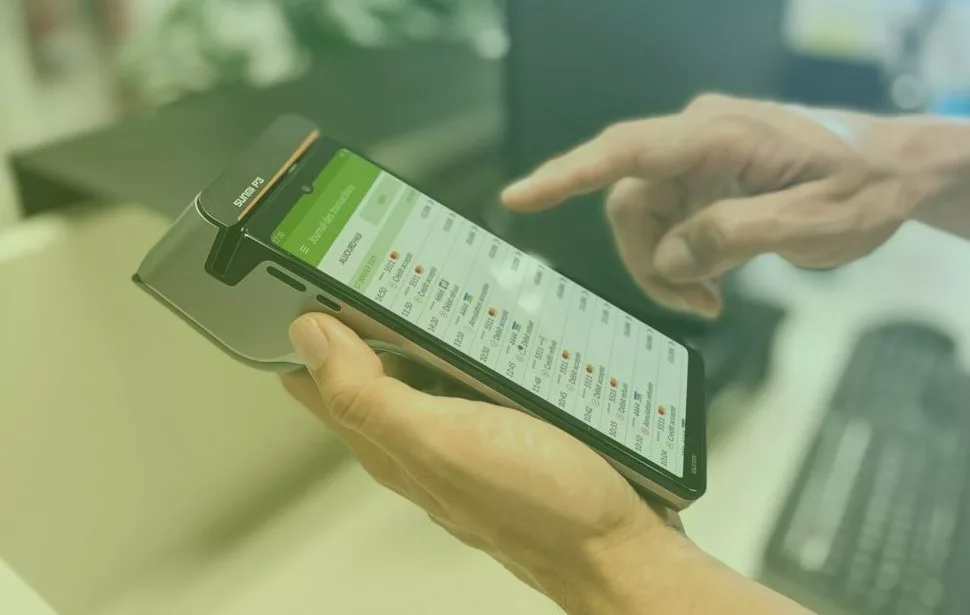Think about when you make a purchase. You have a payment method to complete the transaction, right? Over the years, we have witnessed how payment methods have evolved from one form to another. From barter to current payment via Smartphone, with particular emphasis on online payments. Do you want to know how it happened? Just join us in this post.
How have online payments in commerce evolved?
To understand the present, it is necessary to look back and study the past. That’s why we’re going to tell you about the first payment methods used by society. The first form of payment we find is barter. From a young age, we were taught that the first human beings hunted in groups; they specialised in exclusive goods so that in order to exchange them with other groups, barter (exchange) was invented.
Over the years, it became increasingly necessary to assess these exchanges comparably. For this reason, past civilisations had reference values, such as gold. Later, coins would come along, a specific means for transactions. With them would also come the banknotes or paper money. From there, promissory notes or checks appeared. It would be a few years before the creation of the first credit and debit cards in the 20th century. Who does not currently have one in their pocket?
They are still used to always carry money with greater security and convenience, thanks to their chips or contactless sensors that only require the card to be placed close to make the payment. The second half of the twentieth century brought us digitisation and the internet, so that money is now more virtual than physical. How many transactions do we make from our bank’s App or web portal without seeing any money?
In 2009, the first cryptocurrency would arrive, a transparent and traceable means of exchange and payment system. With the widespread use of the Smartphone, it is increasingly common to pay with the mobile phone, avoiding carrying a wallet in your pocket. Digitisation allows us to centralise all our payments in a single application or platform, and this is also the case in e-commerce. For example: with payment systems such as WeChat Pay or Alipay, there has been a revolution in the way users in China make their purchases.
Wireless communication technology allows for fast and easy data exchange between devices. Payment methods and their integration continue to be continually improving and evolving. As there are more mobile phones than people on the planet, the growth of the e-commerce sector has been favoured. The traditional payment methods we mentioned above are already giving way to new online payment models to attract potential consumers. With this, we see essential advances in invisible payments: voice recognition, selfie pay, Virtual POS, etc.
In Spain, the primary means of payment used are cash, debit cards, transfer payments, credit cards, PayPal, check or check stub, mobile bill charges, virtual cards, contactless, mobile apps and mobile payments (wallet), among others.
What are online businesses doing to increase their sales in this context?
First of all, it should be noted that if the ways of purchasing change, so do the payment methods. Therefore, one of the main alternatives for making payments in online shops is payment gateways. They can analyse and track all transactions through a dashboard or control panel.
They also make it possible to optimise operations that are rejected, control customer payments, understand user behaviour, access unlimited lists of transactions filtered from statistics, compare current business results with previous ones, identify errors and apply improvements based on reliable results, etc.
Payment gateways have become the perfect way to integrate all the collection methods of our eCommerce into a single site. In this way, we improve the user experience and trust in our service. However, as we have already mentioned, choosing your payment gateway is not a decision that should be taken lightly, but we must take into account some advice. For example:
- Cost of service. You need to take the time it takes to research suppliers, review business finances and operations (monthly or annual income, monthly payment card processing volume, etc.).
- Typical costs associated with payment processors (installation fee, transaction fees, hardware costs, cancellation fees, monthly subscription…).
- Integrity and usability. The payment method chosen must be the one that best suits the business needs and customer preferences. It would make no sense to choose a payment method that we cannot integrate into our business.
- Ensure that the payment processor serves or provides added value to the industry or vertical. For example, if you’re a hospitality-related business, you’ll need identity verification and automatic police reporting from the POS.
- Look for suppliers that support business processes and operations.
- Ask about security and fraud prevention, as data breaches are one of the worst nightmares of businesses. They can destroy consumer confidence and credibility towards the business in a matter of seconds.
- Take an interest in international processor support. For example, if you often receive purchases from foreign users, it’s essential to be clear which currencies your business accepts.
- Research about the management of the payment process. When choosing a gateway, it is crucial to know the advantages of the API it works with to guarantee improvements in positioning, information management, transaction control, etc.
In addition to all these features or tips, it is essential for eCommerce to have cascading methods. That is, if a transaction is expired, failed, or forwarded for any reason, it can be redirected to another payment option to avoid rejections and increase the conversion rate. This feature will allow the user to successfully complete their purchase and improve their experience with the online shop.





